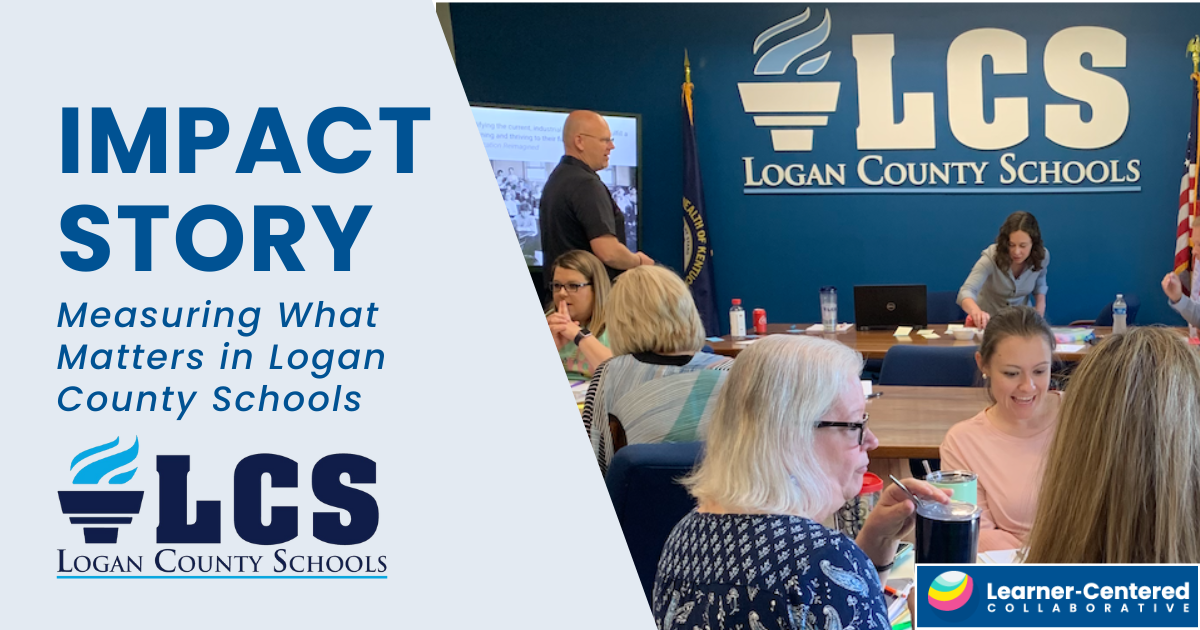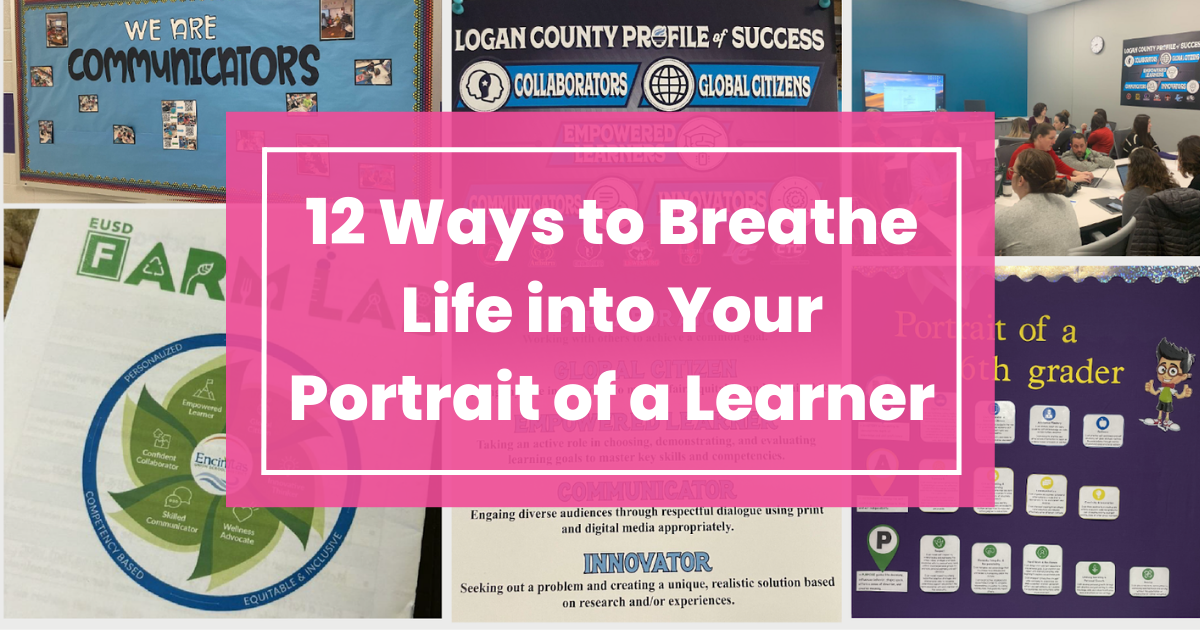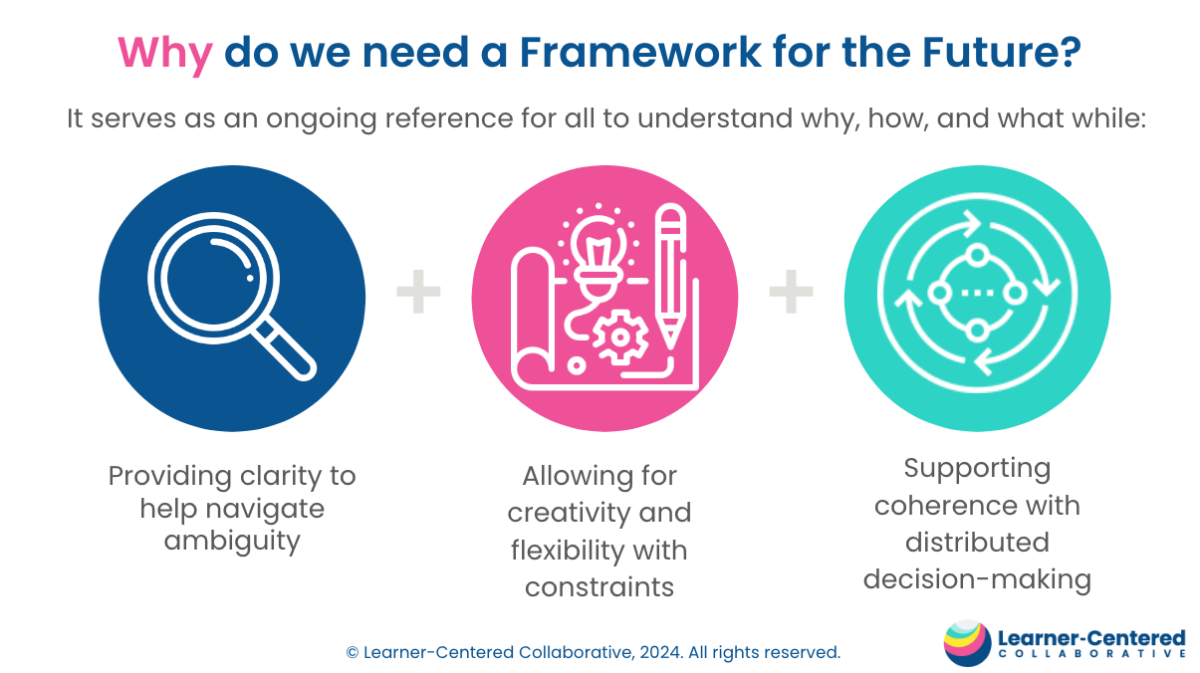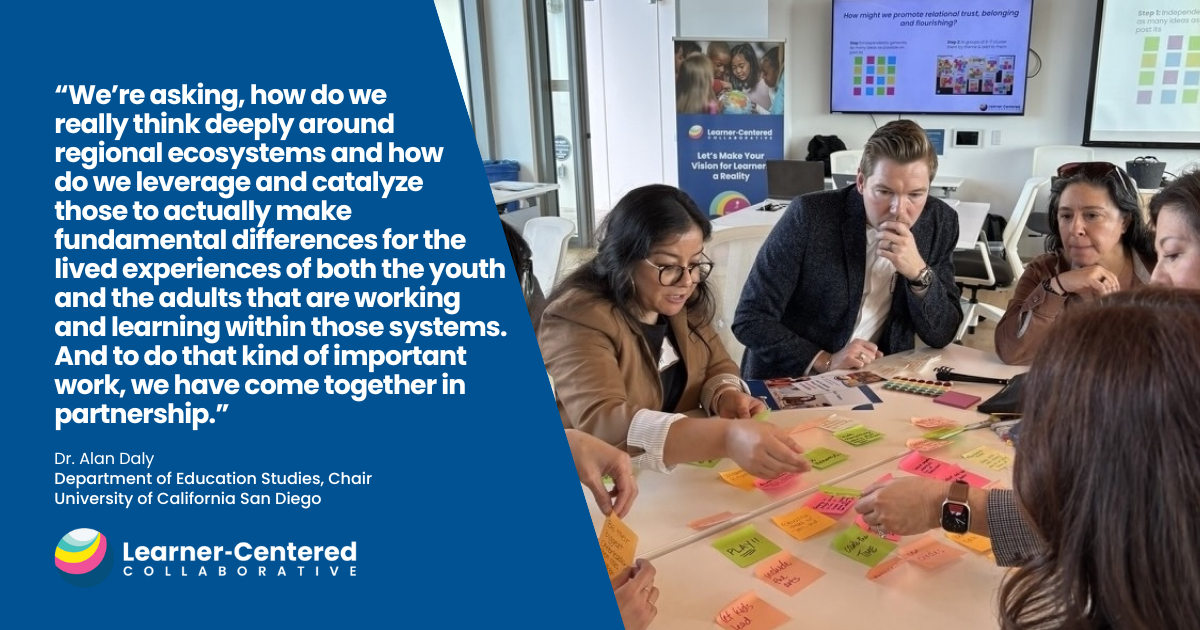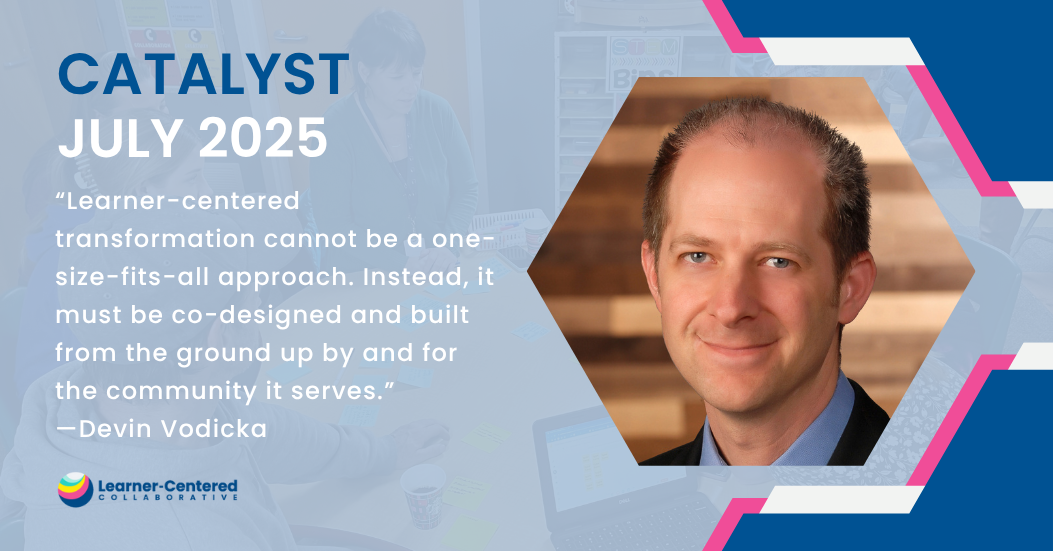Aligning Around a Common Vision for Learning
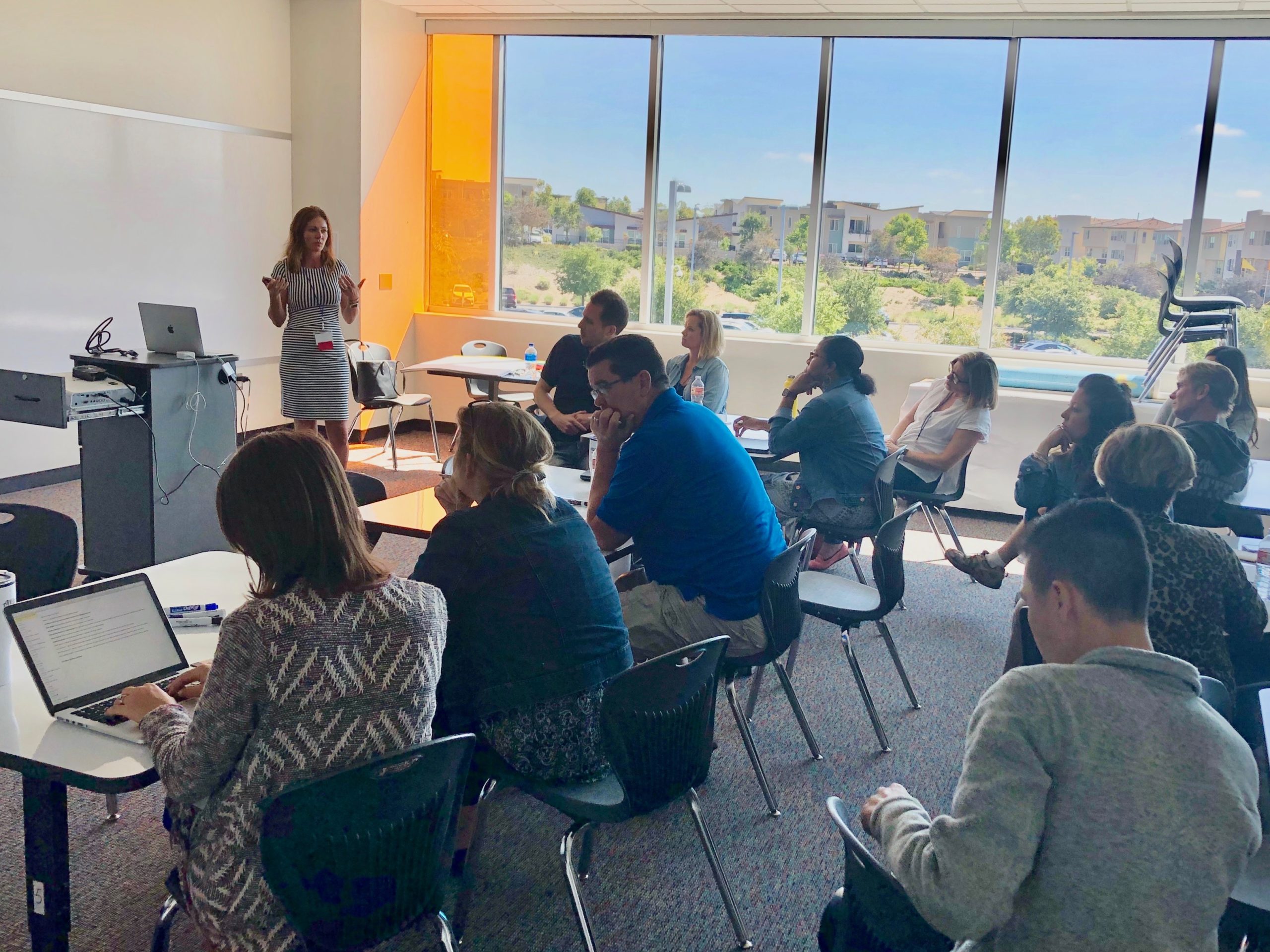
Educators today are cultivating a new vision for how to guide children into the future. This new learning model encompasses the whole child, and creates the conditions that inspire and support fellow educators to adopt these learner-centered practices. One effective strategy for communicating this vision is to create a graduate profile that defines the skills, knowledge, and mindsets that learners should develop.
The World Economic Forum’s Future of Jobs Report describes the urgency to prepare for a reimagined future of work:
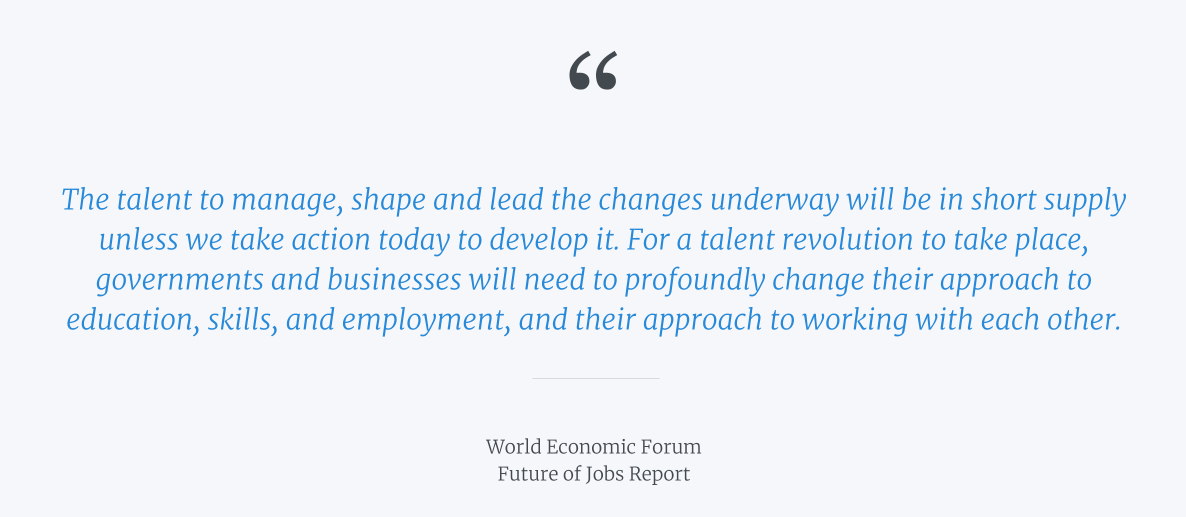
According to the report, among the most essential skills for today’s world of work are:
- Complex Problem Solving
- Critical Thinking
- Creativity
- People Management
- Coordinating with Others
- Emotional Intelligence
- Judgment and Decision Making
- Service Orientation
- Negotiation
- Cognitive Flexibility
Our society demands individuals who embody these skills, but many schools still focus on covering isolated content and standards. We must rethink why, what, and how we learn in schools for students to thrive in the information economy of tomorrow—not yesterday. A graduate profile can serve as a north star to align the initiatives and resources to develop the well-rounded graduate. The power of creating a graduate profile is not just in the final product but in the conversations and the alignment that comes as a result.
To align our schools with the world we live in and develop the type of learners that will become productive citizens, we must work together to develop a shared understanding of the desired outcomes for students and align our policies and practices. We need to move beyond grades and test scores and discuss the competencies that we want learners to develop. Then, we need to understand what learning experiences are critical, what our classrooms should look like, and what practices align with our goals.
The first step is to engage in more conversations in our communities and seek to better understand answers to the following questions:
- What type of learners do we want to develop?
- How might we develop the desired knowledge, skills, and mindsets?
- How might we assess the desired outcomes?
- What is the role of the teacher?
- What is the role of technology?
- How can we all work together to achieve our desired outcome?
I don’t believe that there are any right answers to these questions, but we can’t assume the answers are the same as they have been in the past. To ensure schools evolve to meet the needs of learners today, it is incumbent on leaders to convene the greater community to examine beliefs about learning and teaching and consider how schools can best serve learners.
We Have a Graduate Profile, Now What?
With alignment of a defined graduate profile, identifying the desired competencies necessary to meet it are critical to bring a shared ownership of the vision. To do this, our team works with our partners to articulate competencies that are aligned with their graduate profile. Breaking these competencies down can help articulate the goals and metrics that help us teach and assess competencies that move beyond knowledge acquisition and isolated standards. The next step is to support educators as they create learning experiences that develop the desired competencies.
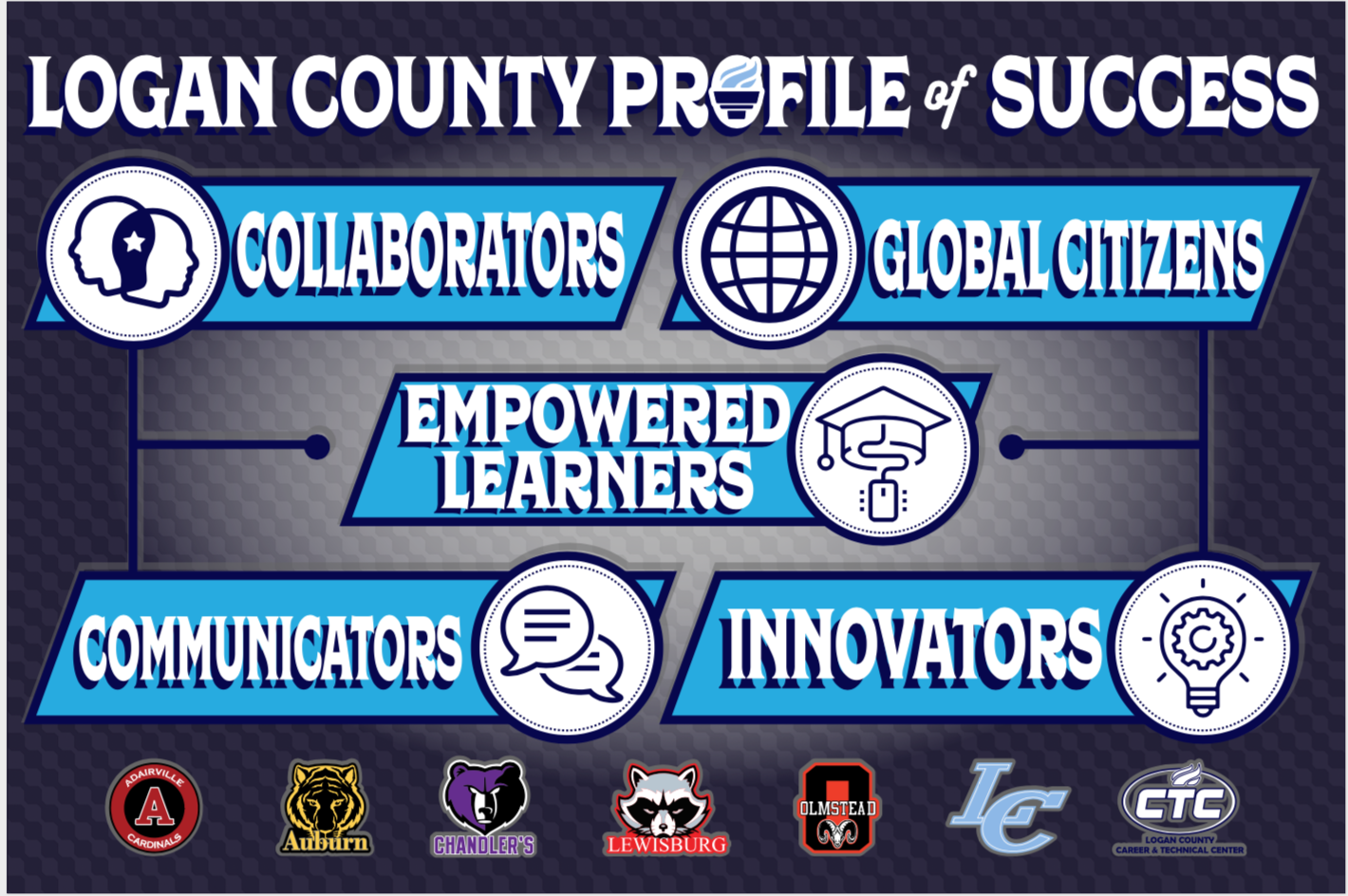
Competency-Based Professional Learning
If we want to change how students learn, we must change how educators learn. A system that prioritizes learning and continuous growth through personalized, competency-based professional learning is needed for leadership teams and teachers just as it is needed for students. Perceptions of priorities can vary widely across team members if those in leadership do not intentionally develop a consistent message and practices that support the shared vision. In The Fifth Discipline, Peter Senge describes this confusion as wasted energy. It leads to individuals working very hard, but their efforts fail to move the team toward a common goal. Without coherence, people move in fragmented directions or, even worse, don’t move at all. Our competency-based approach to professional learning builds internal capacity into schools and districts scaling their learner-centered practices.
The following components are how Learner-Centered Collaborative designs professional learning partnerships to best empower and support teachers to achieve shared expectations.
1. Create a shared vision and align expectations
Based on a shared graduate profile, determine what you want teachers to know and do to create the desired learning experiences. Without a common understanding, many people guess and the vision rarely materializes in the majority of classrooms.
2. Identify personalized goals and learning plans
Support teachers as they self-assess their strengths and goals with respect to the desired competencies in order to determine personal goals and craft a personalized learning plan based on the resources and support available.
3. Enable self-directed learning
Educators have diverse expertise and preferences about how and what they learn. Provide clear learning goals but allow for choice and voice to empower teachers to develop and apply new knowledge in a way that suits their needs and builds on their strengths.
4. Competency-based demonstrations of learning
Moving from assessing professional development by the number of hours teachers have attended to prioritizing the application can shift professional learning from something we do to educators to an improvement process that impacts learning for all.
A partner educator at Futures Academy shared her perspective on their competency-based professional learning model:
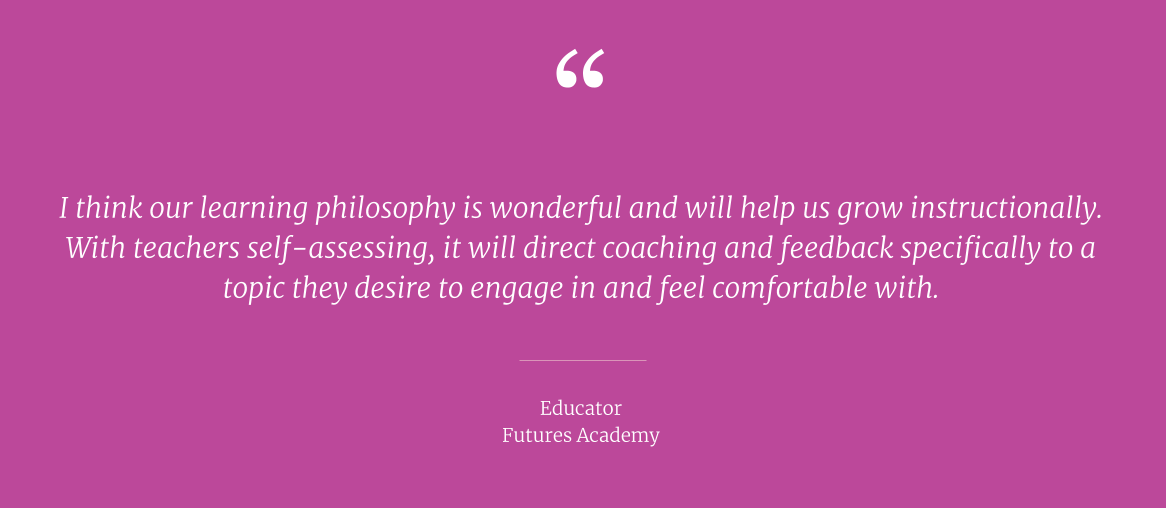
Building an ecosystem that cultivates a culture of learning requires safe opportunities to practice, observations of models, time for reflection and revision, and capacity-building collaboration. The power of professional learning comes from this continuous cycle that promotes new innovation based on the needs of learners.
If we want to change how students learn, we must change how educators learn. Learner-centered change starts with a clear vision and graduate profile, alignment, and professional learning experiences that drive meaningful change and establish a model and learning cycles for both professional and student learning. At the heart of this work are the people and I’m encouraged by the community across the country working hard to define a learner-centered vision and make it a reality for all learners.
Get in touch to learn how Learner-Centered Collaborative can help your team articulate and realize your learner-centered vision.

